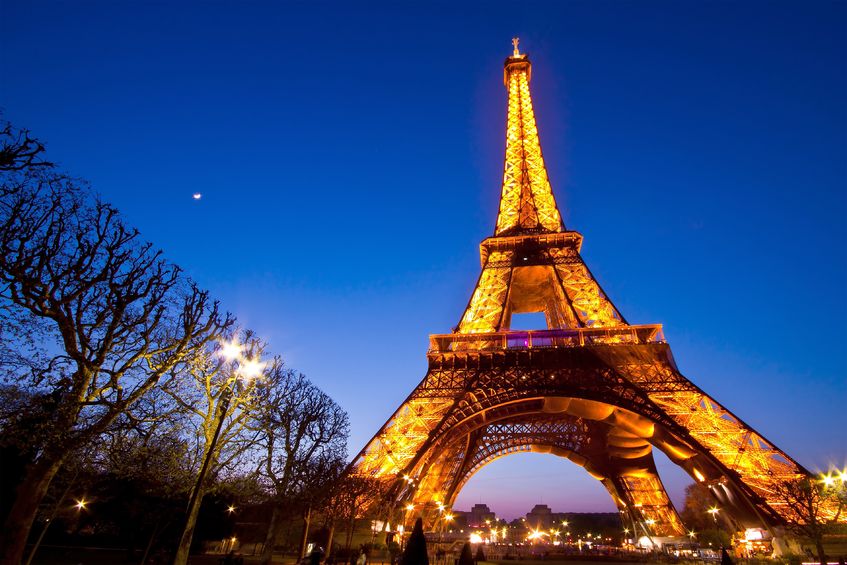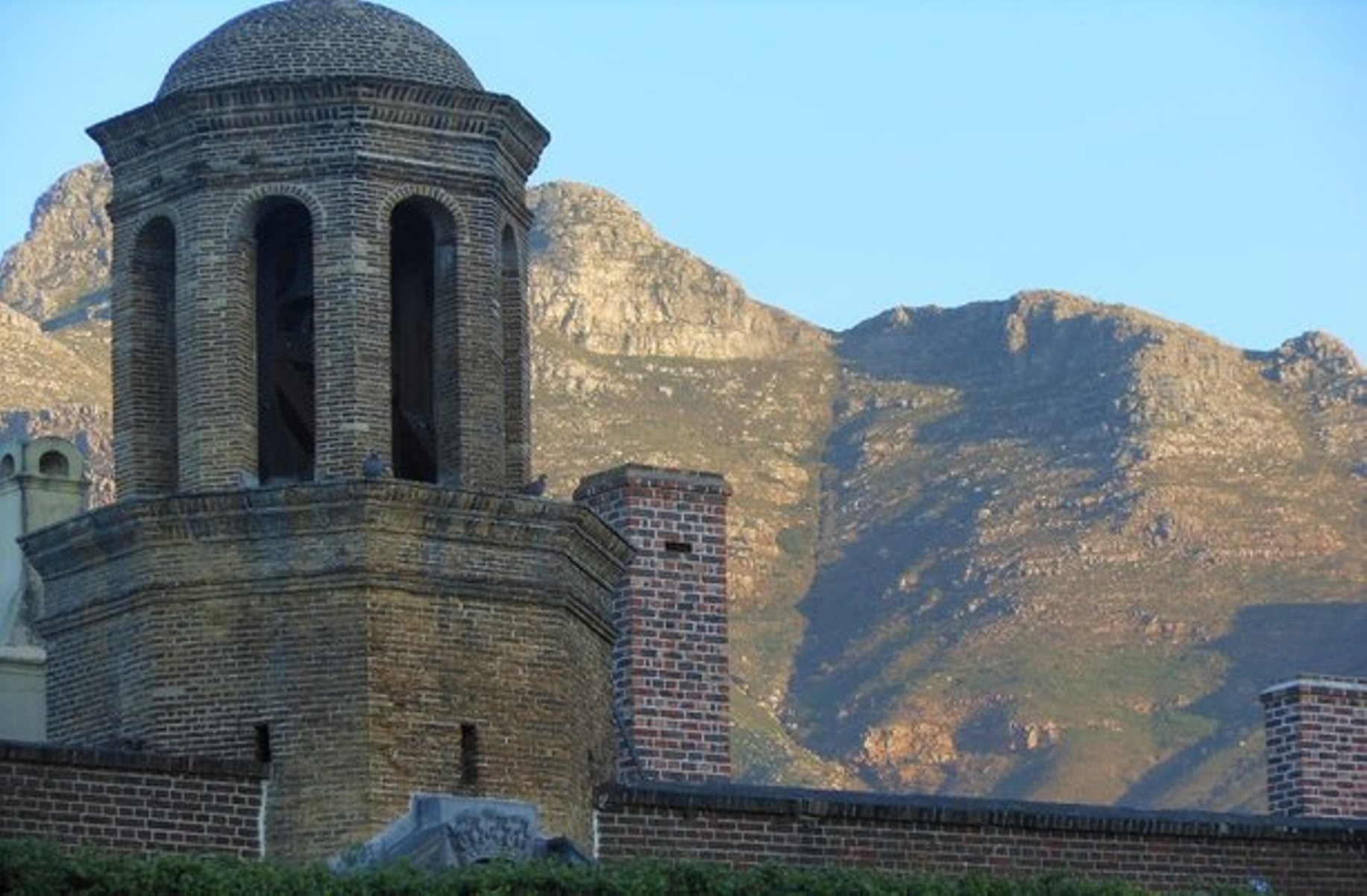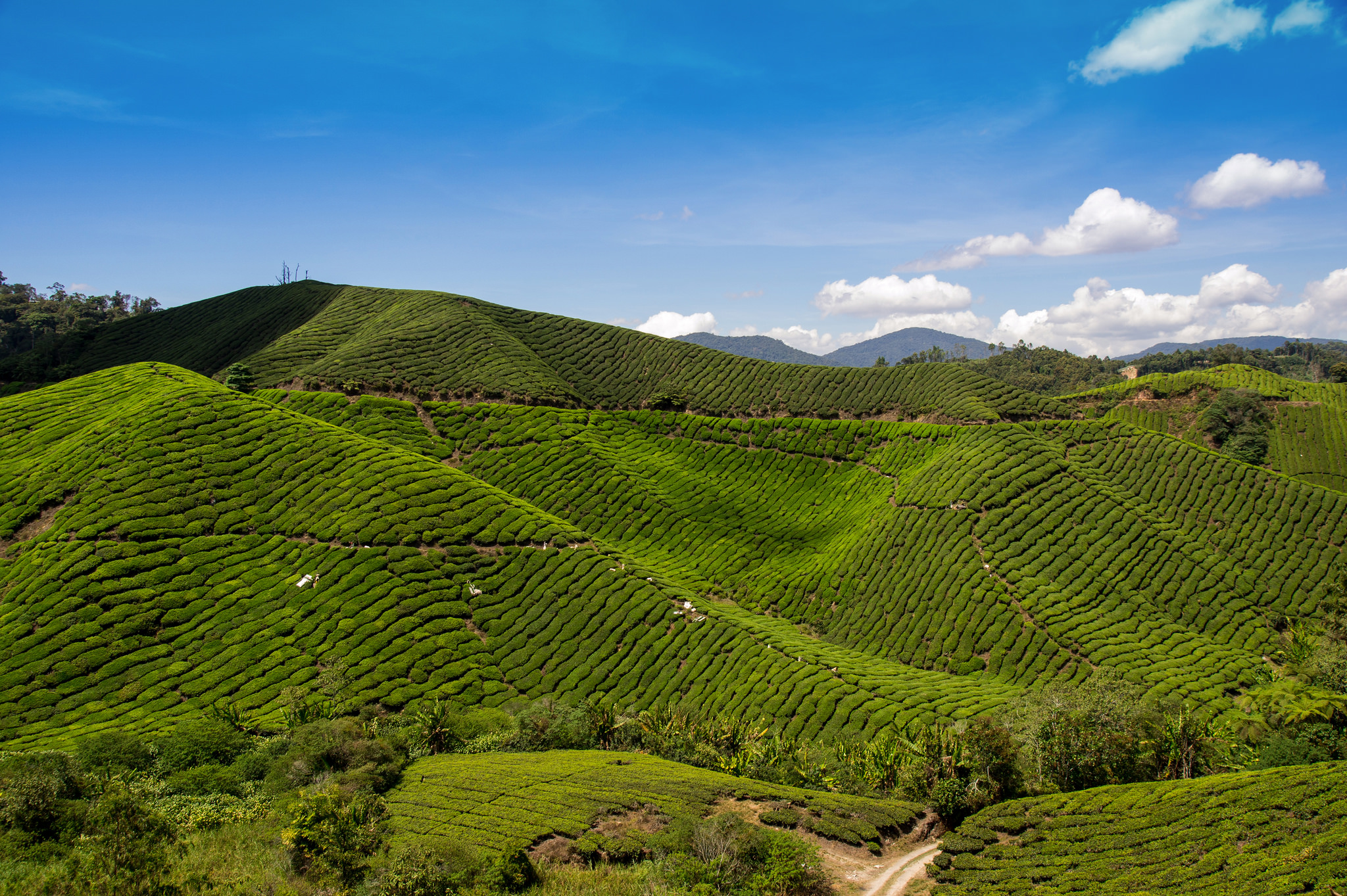World’s Most Famous Landmarks
Landmarks that have played a significant role in history and that are instantly recognizable symbols naturally pique our travel interest. Here are the world’s most famous landmarks:
The Great Wall of China

China is one of the world’s most famous landmarks because of its architectural grandeur and historical significance. The Great Wall was originally built as a defensive fortification by the three states: Yan, Zhao, and Qin. It began as independent walls for different states and only became the “Great” wall during the Qin Dynasty as a means of preventing incursions from barbarian nomads into the Chinese Empire. The Great Wall carries a considerable part of Chinese culture and has long been incorporated into Chinese mythology and symbolism. In addition, the Wall has become the largest military structure in the world. The best-known section of the Great Wall of China–Badaling, located 43 miles northwest of Beijing–was rebuilt in the late 1950s, and attracts thousands of national and foreign tourists every day. It was listed as a World Heritage by UNESCO in 1987.
Taj Mahal, Agra, Uttar Pradesh, India

The Taj Mahal is an ivory-white marble mausoleum which encompasses nearly 17 hectares of land located on the south bank of the Yamuna River in the Indian city of Agra. It is one of the world’s famous landmarks not only for its striking beauty but for its romantic story as well. In 1631, Mughal Emperor Shah Jahan got this monument constructed in the memory of his beloved wife, a Persian princess who died after giving birth to their 14th child. The name “Taj Mahal” was derived from the name of his wife, Mumtaz Mahal and means “crown palace”. It is the love behind this outstanding monument that has given it a life. This is why Taj Mahal is considered as the epitome of love and a monument of immeasurable beauty. The mausoleum is considered to be the greatest architectural achievement in the whole range of Indo-Islamic architecture. The Taj Mahal is also regarded by many as the best example of Mughal architecture and a symbol of India’s rich history.
Pyramids, Giza, Egypt

All three of Giza’s famed pyramids and their elaborate burial complexes were built during a frenetic period of construction, from roughly 2550 to 2490 B.C. The pyramids were built by Pharaohs Khufu, Khafre and Menkaure. The majestic ancient monuments mark the glory of Ancient Egypt. The monumental tombs are relics of Egypt’s Old Kingdom era and were constructed some 4,500 years ago. The Great Pyramid of Giza is the oldest and largest of the three pyramids in the Giza pyramid complex bordering what is now El Giza, Egypt. It is the oldest of the Seven Wonders of the Ancient World, and the only one to remain largely intact.
Eiffel Tower, Paris, France

There is no doubt that the Eiffel Tower is one of the world’s most famous landmarks. It is a wrought iron lattice tower on the Champ de Mars in Paris, France named after the engineer Gustave Eiffel, whose company designed and built the tower. The Eiffel tower is a symbol of Paris, the icon of the cityscape and the best place to view the capital. It is the tallest structure in Paris which is 324 meters tall, about the same height as an 81-story building. The Eiffel Tower is the most-visited paid monument in the world. Since opening in 1889, the Tower has welcomed over 250 million people and still welcomes almost seven million visitors a year.
Stonehenge, Wiltshire, England

Stonehenge is a prehistoric monument in Wiltshire, England and is one of the world’s most famous landmarks. Archaeologists believe it was constructed from 3000 BC to 2000 BC. The stones are set within earthworks in the middle of the densest complex of Neolithic and Bronze Age monuments in England, including several hundred burial mounds. Stonehenge is regarded as a British cultural icon and is owned by the Crown and managed by English Heritage.















 Accommodation in South Africa can range of very expensive to budget permitting. There are a lot of backpacker lodges and other accommodation geared toward backpackers. This accommodation will offer shared rooms and single rooms. You will also have access to facilities like the kitchen and recreation areas.
Accommodation in South Africa can range of very expensive to budget permitting. There are a lot of backpacker lodges and other accommodation geared toward backpackers. This accommodation will offer shared rooms and single rooms. You will also have access to facilities like the kitchen and recreation areas. South Africa is a fairly large country and there are 4 primary methods of getting around that backpackers can enjoy. These are through air flights, car rentals, long-distance buses and long-distance trains. Each of these methods of transport has their benefits.
South Africa is a fairly large country and there are 4 primary methods of getting around that backpackers can enjoy. These are through air flights, car rentals, long-distance buses and long-distance trains. Each of these methods of transport has their benefits.



 One of the most important things that you can learn and adhere to when you are traveling in any country is to be as respectful as possible. You want to not only be respectful to other people but also their beliefs, way of life, and their culture. By understanding their culture and respecting it, you should be able to really gain the respect of fellow Thai.
One of the most important things that you can learn and adhere to when you are traveling in any country is to be as respectful as possible. You want to not only be respectful to other people but also their beliefs, way of life, and their culture. By understanding their culture and respecting it, you should be able to really gain the respect of fellow Thai. When it comes to Thailand and saving money, nothing is going to help you do it more than learning how to eat street food. One of the best things about traveling to Thailand is the food that you will find at the street stalls. These are the cheapest and best meals that you will be able to get perhaps in the entire world. Be brave and follow the locals when it comes to dinning. They will know the best places to eat and they will really be able to point you in the right direction when it comes to choosing the best stalls. Follow the crowd in this instance and you shall be rewarded with delicious, affordable, and safe food.
When it comes to Thailand and saving money, nothing is going to help you do it more than learning how to eat street food. One of the best things about traveling to Thailand is the food that you will find at the street stalls. These are the cheapest and best meals that you will be able to get perhaps in the entire world. Be brave and follow the locals when it comes to dinning. They will know the best places to eat and they will really be able to point you in the right direction when it comes to choosing the best stalls. Follow the crowd in this instance and you shall be rewarded with delicious, affordable, and safe food. When it comes to saving money in Thailand, another key point that you are going to want to take with you is having no qualms about traveling on public transportation. While the
When it comes to saving money in Thailand, another key point that you are going to want to take with you is having no qualms about traveling on public transportation. While the